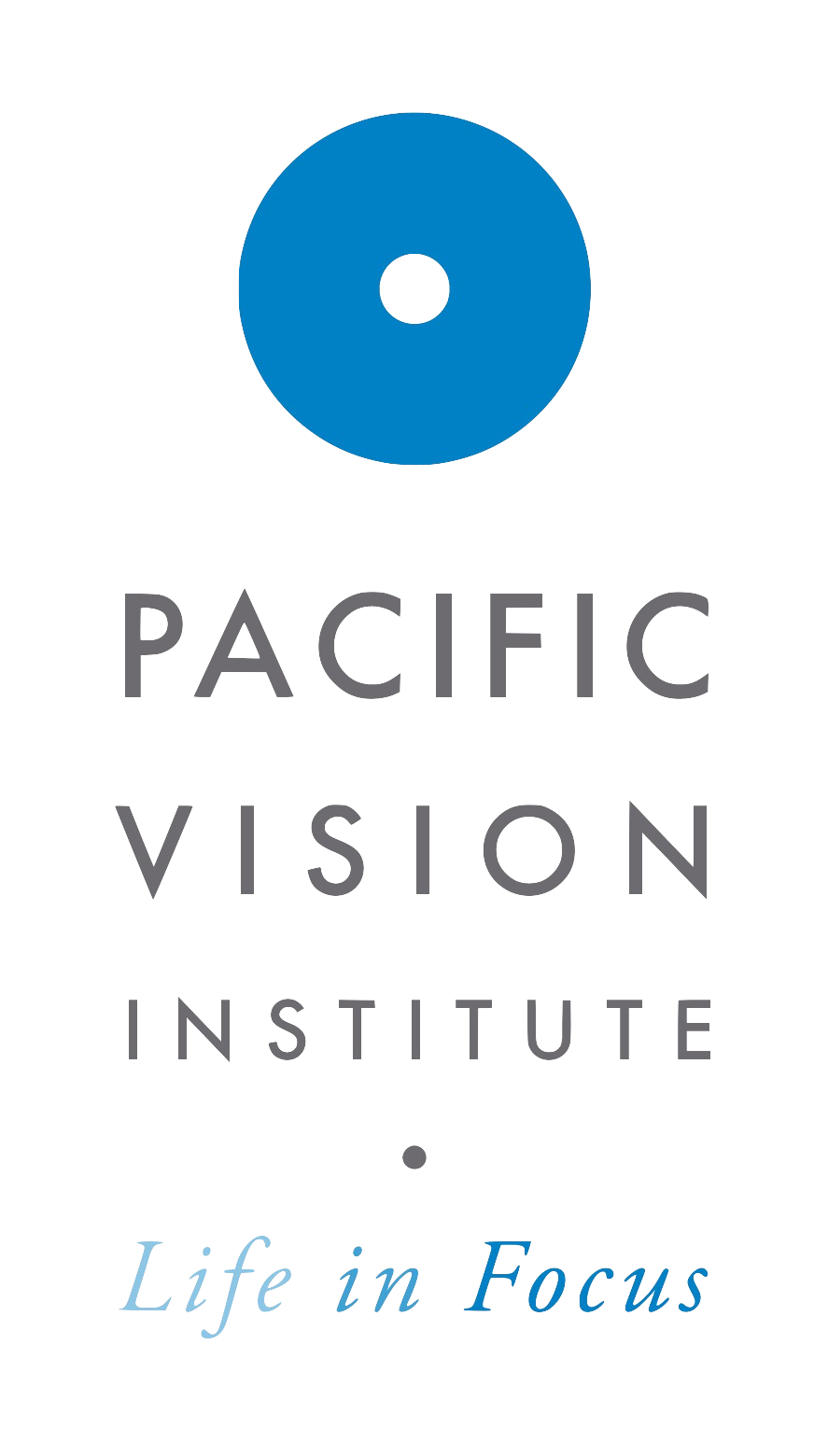Indications for PTK: When Is It Recommended?
Phototherapeutic keratectomy, abbreviated as PTK, is a specialized laser eye surgery that is used to treat a variety of corneal conditions. Unlike some other laser eye procedures, PTK is not primarily designed to correct refractive errors like nearsightedness, farsightedness, or astigmatism. Instead, it focuses on addressing specific corneal problems. In this blog post, we will explore the indications for PTK and when this procedure is recommended.
Understanding PTK
Before delving into the indications, it’s essential to have a basic understanding of what PTK entails. PTK is a non-invasive surgical procedure that employs an excimer laser to reshape and remove corneal tissue. The excimer laser is extremely precise, allowing for the removal of microscopically thin layers of the cornea without generating heat.
Now, let’s explore some common indications for PTK:
1. Corneal Dystrophies
Corneal dystrophies are a group of genetic eye conditions that result in the abnormal accumulation of substances within the cornea. These dystrophies can cause cloudy or hazy areas on the cornea, leading to visual disturbances. PTK can be used to remove the affected corneal tissue and improve vision.
2. Recurrent Corneal Erosions
Recurrent corneal erosions occur when the outermost layer of the cornea, known as the epithelium, does not properly adhere to the underlying tissue. This can result in painful episodes of the cornea detaching from the eye. PTK can be employed to smooth and reshape the cornea’s surface, promoting better adhesion and reducing the risk of recurrent erosions.
3. Superficial Corneal Scarring
Superficial corneal scarring can occur due to various factors, such as infections, injuries, or previous eye surgeries. These scars can distort the cornea’s shape, leading to visual irregularities. PTK can help remove or smooth out these scars, improving the cornea’s clarity and enhancing vision.
4. Corneal Opacities
Corneal opacities refer to areas of cloudiness or haziness in the cornea that can significantly impair vision. These opacities can result from conditions like keratoconus, corneal edema, or previous corneal surgeries. PTK can be used to selectively remove the opaque tissue, restoring transparency to the cornea and improving visual clarity.
5. Band Keratopathy
Band keratopathy is a condition characterized by the formation of calcium deposits on the cornea’s surface. These deposits can interfere with vision and cause discomfort. PTK is a valuable tool for removing the calcium deposits, restoring visual clarity, and relieving symptoms.
6. Irregular Astigmatism
Irregular astigmatism can occur when the cornea’s shape becomes distorted, leading to blurred or distorted vision that cannot be effectively corrected with glasses or contact lenses. PTK can be used to reshape the cornea’s surface, reducing irregular astigmatism and improving vision.
Why Choose Pacific Vision Institute For PTK Surgery?
Choosing the right ophthalmologist and surgical center is paramount to ensure you receive the best care and outcomes. Pacific Vision Institute, with its team of experienced surgeons and state-of-the-art technology, stands as a top choice for PTK and other eye surgeries. Our commitment to excellence ensures that you receive the highest quality care, addressing your specific needs and restoring your visual clarity. Trust us for exceptional results and comprehensive support throughout your eye care journey.

